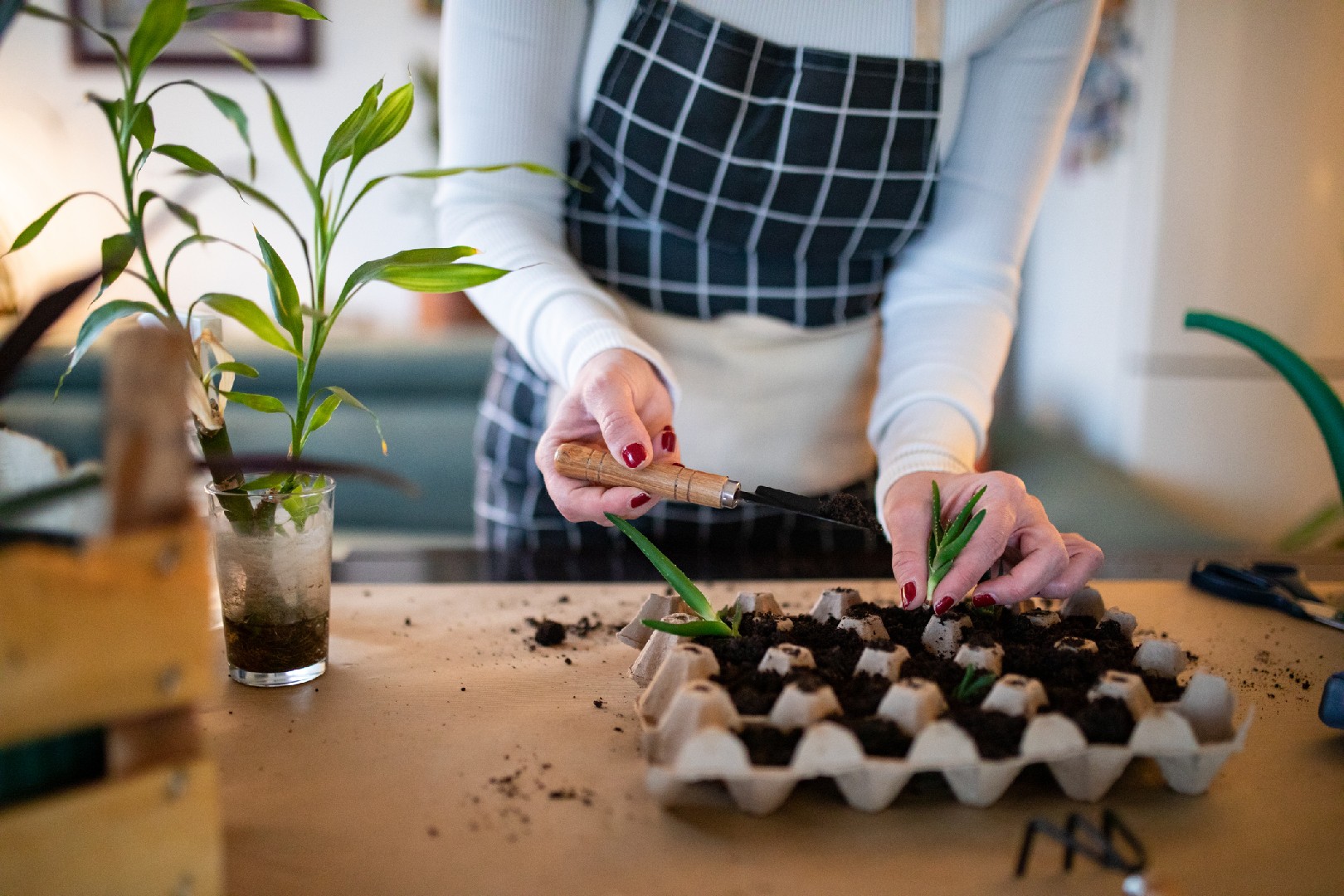![Rectangle]()
Understanding Division Propagation
Division propagation is a simple and effective method of multiplying perennials. It involves dividing the root ball of a mature perennial plant into smaller sections, each with its own set of roots and foliage. This process allows gardeners to create multiple new plants from a single parent plant, increasing the overall size and density of the garden.
One of the main benefits of division propagation is that it promotes the health and vigor of perennials. Over time, these plants can become overcrowded, leading to reduced flowering and overall decline. By dividing them, gardeners can rejuvenate the perennials, encouraging fresh growth and better flower production.
Division propagation is typically performed in the early spring or fall when the plants are dormant or entering a period of reduced growth. During these times, the plants' energy is focused on root development, which makes it easier for them to recover from the division process. It's important to choose the right timing to maximize success and minimize stress on the plants.
Before dividing a perennial, it's crucial to prepare the plant and the garden bed properly. Start by watering the plant thoroughly a day or two before the division. This will help loosen the soil and make it easier to separate the roots. Next, prepare the new planting hole by enriching the soil with compost or organic matter. This will provide the young divisions with the nutrients they need to establish themselves quickly.
To divide a perennial, carefully dig around the plant, creating a wide circle around the roots to avoid damaging them. Gently lift the plant out of the ground, being mindful of the root structure. Depending on the size of the plant, you may need to use a sharp knife or garden fork to divide the root ball into smaller sections. Each division should have at least two to three healthy stems and a good network of roots.
Once the divisions are prepared, plant them in the new holes, making sure to position them at the same depth as they were in the original planting. Firmly press the soil around the roots to eliminate any air pockets and water thoroughly. Mulch the new divisions with a layer of organic matter to conserve moisture and protect the roots.
A common misconception about division propagation is that it can only be done with older, established plants. However, many perennials can be divided even when they are young. Dividing young plants not only multiplies their numbers but also helps improve their overall shape and form as they mature.
In conclusion, division propagation is a valuable skill for gardeners looking to increase the size and productivity of their perennial plants. By understanding the process and timing of division propagation, you can successfully multiply your favorite perennials and enjoy their beauty for years to come.





